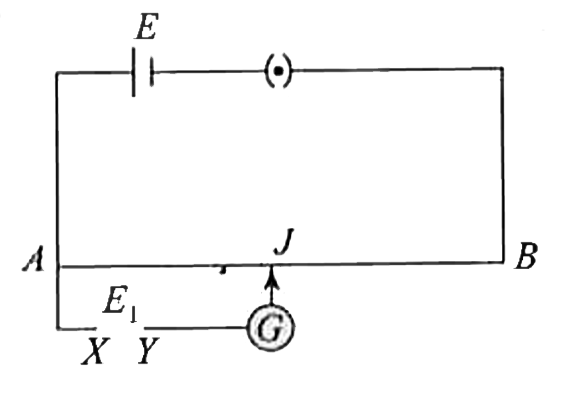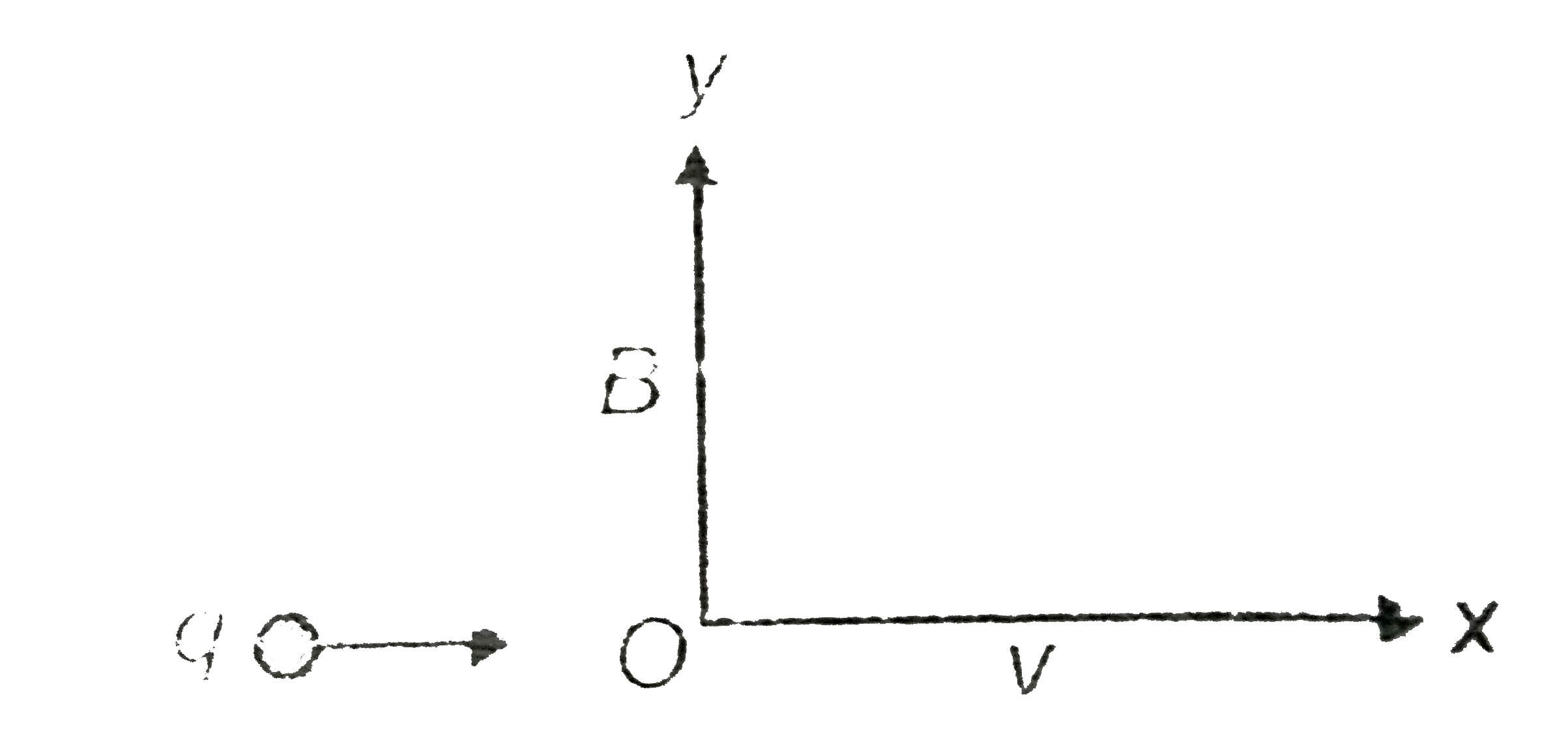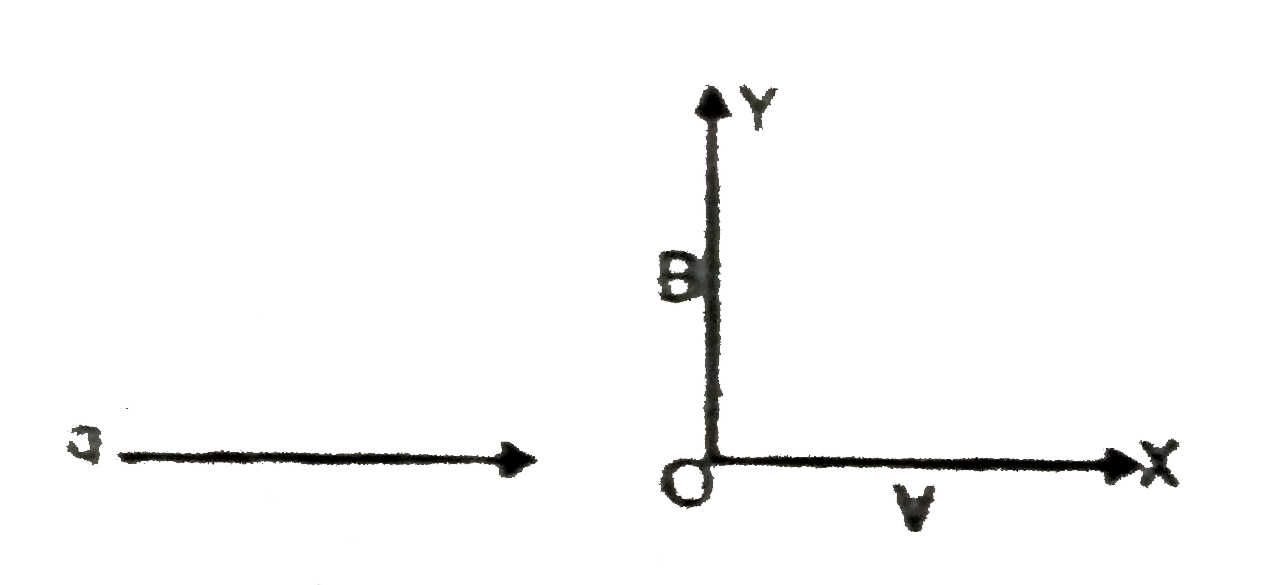
While doing an experiment with potentiometer (figure) it was found that the deflection is one sided and (i) the deflection decreased while moving from one and A of the wire, to the end R, (ii) the deflection increased, while the jockey was moved towards the end D.
(i). Which terminal positive or negative of the cell is connected at X in case (i) and how is , related to E?
(ii). Which terminal of the cell is connected at X in case (1 in 1)?
(i) the deflection in galvanometer is one sided and the deflection decreased, while moving from one end 'A' of the wire to the end 'B' Thus imply that current in auxiliary circuit (lower circuit containing primary cell) decreases, while potential difference across A and jockey increases.
This is possible only when positive terminal to the cell , is connected at X and .
(ii). The deflection in galvanometer is one sided and the deflection increased, while moving from one end A of the wire to the end B, this imply that current in auxiliary circuit (lower circuit containing primary cell) increases, while potential difference across A and jockey increases.
This is possible only when negative terminal of the cell , is connected at X.
Topper's Solved these Questions
Similar Questions
While doing an experiment with potentiometer (see figure) it was found that the deflection is one sided and (i) the deflection decreased while moving from one and A of the wire, to the end R, (ii) the deflection increased, while the jockey was moved towards the end D.
(a)Which terminal positive and negative of the cell E1 is connected at X in case (i) and how is E1 related to E ?
(b)Which terminal of the cell E1 is connected at X in case (i in a) ?

View SolutionThe deflection in a moving coil galvanometer is
View Solution
Knowledge Check
The deflection in moving coil galvanometer is
Adirectly proportional to the torsional constantBinversely proportional to the area of the coilCinversely proportional to the currentDdirectly proportional to the number of turns in the coilThe deflection in a moving coil galvanometer is
ADirectly proportional to the torsional constantBDirectily proportional to the number of torsional coilCInversty proportional to the area of coilDInversely proportional to the current flowingStatement I : Potentiometer is based on wheatstone bridge.
Statement II : Potentiometer is based on zero deflection method.AIf both Statement- I and Statement- II are true, and Statement - II is the correct explanation of Statement– I.BIf both Statement - I and Statement - II are true but Statement - II is not the correct explanation of Statement – I.CIf Statement - I is true but Statement - II is false.DIf Statement - I is false but Statement - II is true.
If a positively charged particle is moving as shown in the figure, then it will get deflected due to magnetic field towards

View SolutionIn potentiometer experiment, when the galvanometer shows no deflection, then no current flows in
View SolutionWhat would you do to obtain a large deflection of the galvanometer?
View SolutionIf a positively charged particle is moving as shown in the figure, then it will be deflected due to magnetic field towards-

View SolutionIn a hot wire ammeter the deflection angle θ of the pointer is related with the current I as
View Solution

